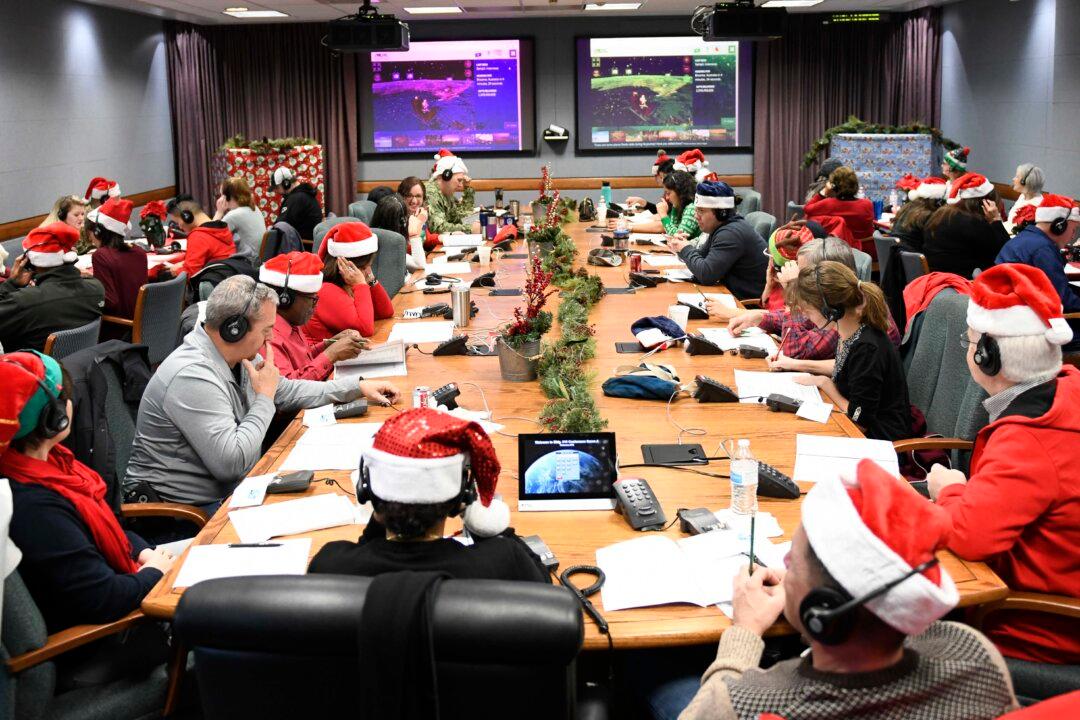For over 60 years, the North American Aerospace Defense Command (NORAD), a binational defensive agency that monitors U.S.–Canadian aerospace for threats, has faithfully tracked the movements of Santa Claus as he travels on Christmas Eve to deliver presents to boys and girls across the world.
This unlikely responsibility is something of a Christmas miracle itself. It began by accident in 1955, when a child called a misprinted phone number in the local newspaper in hopes of reaching Santa. Instead, the phone rang Air Force Col. Harry Shoup’s secret military hotline at the Continental Air Defense Command, NORAD’s predecessor. Quick on his feet, Shoup assured the child that he was indeed Santa Claus and mustered a group of airmen to answer incoming calls for Santa. Since then, what began as a child’s accidental phone call has blossomed into an annual program followed by millions. Now, the volunteer-supported hotline receives at least 130,000 calls each year, dutifully answering queries about Santa’s location.





